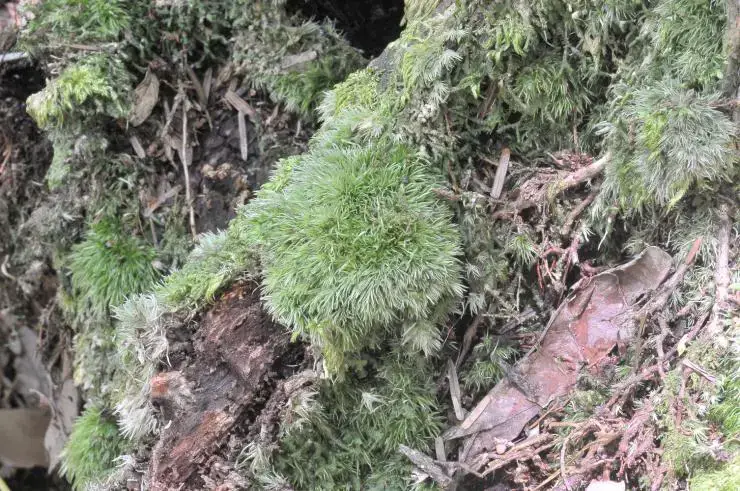from: https://www.ukaps.org/forum/threads/120cm-nature-aquarium.61605/page-3
Microthamnium subperspicuum: The Tiny Moss with a Big Story
Introduction
When it comes to the world of mosses,

7037e79d418c961c5141889e083833ce.jpg from: https://taieol.tw/muse/digi_object/2355523fe7d6b11d4b7a8ac495911fd7
Microthamnium subperspicuum (Müll.Hal.) Paris may not be a household name. But this tiny moss, also known simply as Microthamnium, is a fascinating species with a unique story to tell. In this blog post, we’ll dive into the details of this moss and explore its morphology, global distribution, habitat, ecological roles, and adaptations.
Background
Microthamnium subperspicuum is a species of moss belonging to the Brachytheciaceae family. It is classified under the Bryophyta division and Bryopsida class. This moss was first described by German botanist Carl Müller in 1874 and later reclassified into the Microthamnium genus by French botanist Édouard-Gabriel Paris in 1900.
Morphology and Identification
Microthamnium subperspicuum is a small, pleurocarpous moss that forms dense mats. Its stems are creeping to ascending, irregularly branched, and typically measure 1-3 cm long. The leaves are ovate-lanceolate, acuminate, and have a single costa extending 1/2 to 3/4 the leaf length. The leaf margins are serrulate and the cells are elongate-rhomboidal. Sporophytes are rare, but when present, the seta is smooth and the capsules are inclined to horizontal.
Global Distribution and Habitat
Microthamnium subperspicuum has a wide global distribution, found in tropical and subtropical regions of the Americas, Africa, Asia, and Oceania. It grows on various substrates including soil, rocks, tree bases, and decaying logs in moist, shaded habitats such as forests, riverbanks, and ravines. This moss prefers low to mid elevations, typically below 2000 meters.
Ecological Roles and Adaptations
Like many mosses, Microthamnium subperspicuum plays important ecological roles in its habitats. It helps retain moisture, prevents soil erosion, and provides shelter and microhabitats for small invertebrates. This moss has adapted to thrive in shaded, humid environments by optimizing its leaf morphology for efficient water and nutrient uptake. Its dense growth habit also allows it to colonize substrates quickly and outcompete other vegetation.
Conclusion
Despite its small size, Microthamnium subperspicuum is a remarkable moss with a fascinating biology and ecology. From its global distribution to its morphological adaptations, this species demonstrates the incredible diversity and resilience of bryophytes. The next time you’re exploring a tropical forest, keep an eye out for this tiny but mighty moss. Who knows what other secrets it may hold?